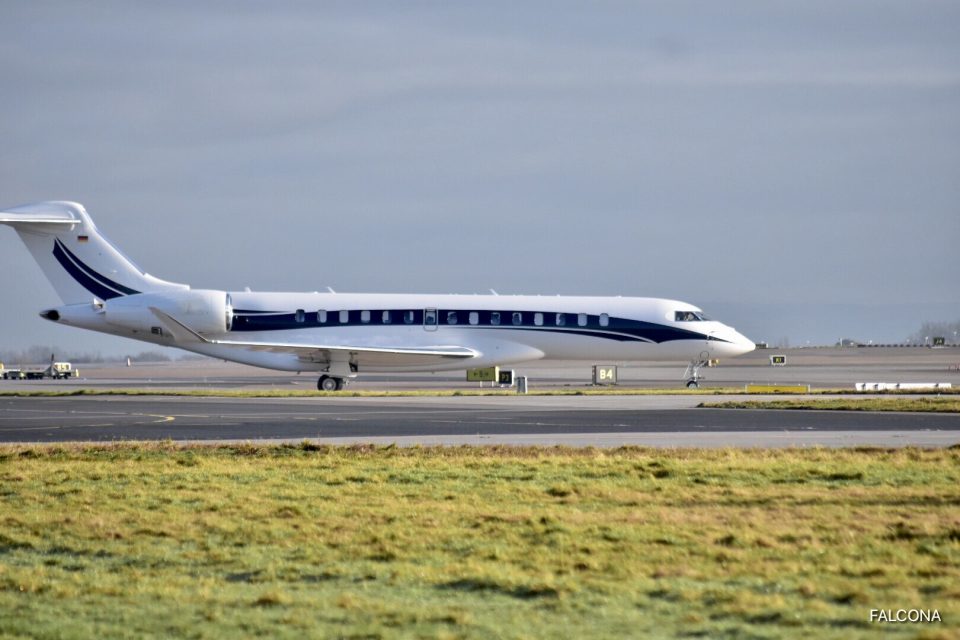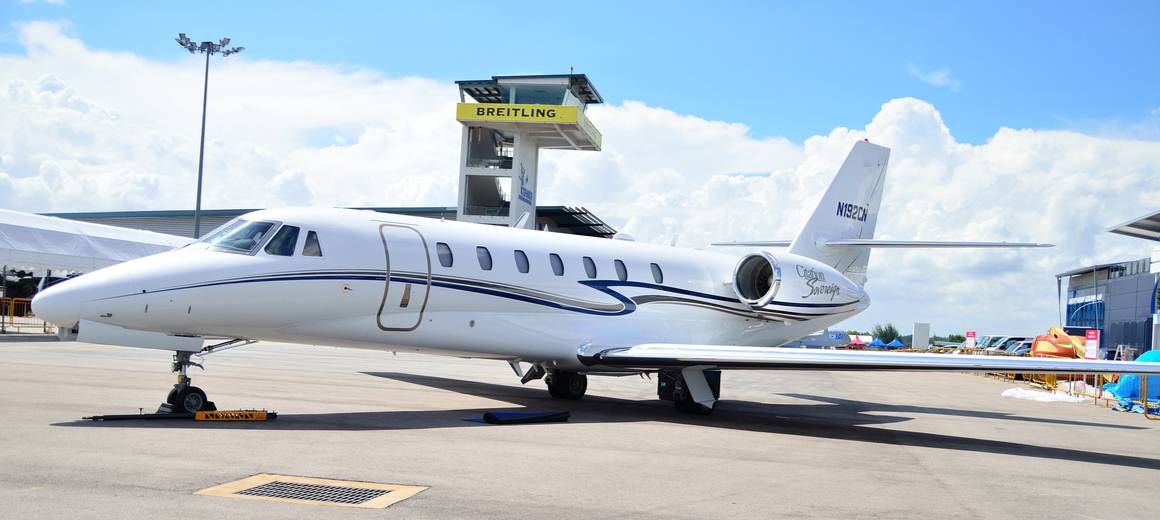The Rise of Empty Legs in Private Aviation
In the dynamic world of private aviation, the concept of “empty legs” has become increasingly prominent in recent years. An empty leg refers to the return flight of a private jet after it has transported passengers to their destination. These empty legs, once considered an unavoidable aspect of the industry, have now emerged as a driving force behind the evolution of the private jet sharing economy.
The growth of empty legs can be attributed to the inherent nature of private jet travel. When a private jet takes off to transport passengers, it must return to its home base or move to a new location to pick up the next set of passengers. This return flight, often with an empty cabin, has traditionally been a cost burden for private jet operators. However, as the industry has evolved, savvy operators have found ways to monetize these empty legs, creating a more accessible and affordable private aviation experience for consumers.
The Evolving Role of Empty Legs in the Private Jet Sharing Economy
The private jet sharing economy, a dynamic and rapidly growing segment of the private aviation industry, has been significantly influenced by the emergence of empty legs. These discounted flights have played a pivotal role in shaping the industry’s landscape, transforming the way consumers access and experience private jet travel.
Increasing Affordability and Accessibility
One of the most significant impacts of empty legs on the private jet sharing economy has been the increased affordability and accessibility of private jet travel. By offering discounted rates on these empty leg flights, operators can make private aviation more accessible to a broader range of consumers, including individuals and businesses that may have previously been priced out of the market.
This increased affordability has, in turn, driven a surge in demand for private jet travel, as more and more consumers recognize the benefits of this mode of transportation. The availability of empty leg flights has opened up the world of private aviation to a diverse customer base, expanding the overall market and creating new opportunities for growth.
Optimization of Fleet Utilization
For private jet operators, empty legs have become a crucial tool for optimizing their fleet utilization and improving their overall profitability. By monetizing these previously unused return flights, operators can generate additional revenue and offset the significant costs associated with owning and operating private aircraft.
This optimization of fleet utilization has enabled operators to invest in growing their fleets, further expanding the pool of available private jets and enhancing the options available to consumers in the sharing economy. As the industry continues to evolve, the efficient management of empty legs will remain a key factor in the success and growth of private jet sharing.
Increased Transparency and Convenience
The rise of empty legs has also contributed to increased transparency and convenience in the private jet sharing economy. Technological advancements, such as sophisticated booking platforms and real-time data analytics, have enabled consumers to more easily identify and book empty leg flights, streamlining the overall travel experience.
This enhanced transparency and convenience have made it simpler for consumers to access private jet services, further driving the growth of the sharing economy. Travelers can now more effectively coordinate their plans and find the most suitable options for their needs, optimizing their journey and minimizing the time and effort required to reach their destinations.
Fostering Innovation and Competition
The proliferation of empty leg offerings has also sparked increased competition and innovation within the private jet sharing economy. Operators are constantly seeking ways to differentiate their services and attract customers, leading to a surge of new technologies, business models, and service offerings.
This competitive environment has ultimately benefited consumers, who now have more options and a higher quality of service to choose from. The evolution of the private jet sharing economy, driven in part by the emergence of empty legs, has created a more dynamic and responsive industry, better equipped to meet the diverse needs of today’s private aviation consumers.
The Impact of Empty Legs on the Expansion of the Private Jet Sharing Economy
The role of empty legs in the growth and expansion of the private jet sharing economy cannot be overstated. As the industry has evolved, the ability to monetize these previously unused flights has become a critical driver of the overall expansion of the private aviation market.
Increased Demand for Private Jet Travel
The availability of empty leg flights has contributed to a surge in demand for private jet travel. Consumers who may have been deterred by the high cost of private aviation are now more willing to explore these options, thanks to the discounted rates offered on empty leg flights. This increased demand has, in turn, fueled the growth of the private jet sharing economy.
Expansion of Private Jet Fleets
As demand for private jet travel has increased, private jet operators have been compelled to expand their fleets to accommodate the growing market. The ability to generate revenue from empty leg flights has provided the necessary financial incentive for operators to invest in new aircraft and grow their operations, further expanding the pool of available private jets in the sharing economy.
Diversification of Service Offerings
The rise of empty legs has also led to a diversification of service offerings in the private jet sharing economy. Operators are now able to cater to a wider range of customer needs, offering not only traditional private jet charters but also more affordable empty leg flights. This diversification has further contributed to the growth and success of the industry, making private aviation more accessible to a broader range of consumers.
Emergence of New Business Models
The impact of empty legs on the private jet sharing economy has also sparked the emergence of new business models and innovative service offerings. Operators are now exploring ways to leverage empty legs to create more efficient and dynamic sharing platforms, where consumers can access a wider range of private jet options at varying price points.
These new business models, driven by the availability of empty legs, have the potential to further transform the private jet sharing economy, making it more responsive to the evolving needs and preferences of consumers.
The Future of Empty Legs in the Private Jet Sharing Economy
As the private jet sharing economy continues to evolve, the role of empty legs is likely to become even more critical to its growth and success.
Technological Advancements
Advancements in technology, such as the development of more sophisticated booking platforms and data analytics tools, are expected to enhance the efficiency and effectiveness of empty leg management. These technological innovations will enable private jet operators to better identify and capitalize on empty leg opportunities, further driving the growth and expansion of the private jet sharing economy.
Increased Transparency and Accessibility
The availability of real-time data and improved booking platforms will also increase transparency and accessibility for consumers. Travelers will be able to more easily identify and book empty leg flights, making private jet travel more convenient and affordable than ever before. This increased transparency and accessibility will further fuel the growth of the private jet sharing economy, as more consumers recognize the benefits of this mode of transportation.
Integration with Other Transportation Modes
In the future, we may see a greater integration of empty legs with other transportation modes, such as commercial aviation and ground transportation. This integration could create a more seamless and efficient travel experience for consumers, further driving the growth of the private jet sharing economy.
Evolving Regulatory Landscape
The regulatory environment surrounding private aviation is also expected to play a role in the future of empty legs. As policymakers and industry stakeholders collaborate to address emerging challenges, such as sustainability and safety concerns, the utilization of empty legs may be impacted. However, with the right regulatory framework, empty legs can continue to serve as a valuable tool for the growth and expansion of the private jet sharing economy.
Conclusion
The emergence of empty legs has been a transformative force in the evolution of the private jet sharing economy. By providing private jet operators with the ability to monetize previously unused flights, empty legs have become a driving force behind the expansion of the industry, increasing affordability, accessibility, and convenience for consumers.
As the private jet sharing economy continues to evolve, the importance of empty legs is likely to become even more pronounced. With the help of technological advancements, increased transparency and accessibility, and a supportive regulatory environment, empty legs are poised to play a pivotal role in the future growth and success of the private jet sharing economy.
For those seeking to understand the dynamics of the private aviation market, the study of empty legs is essential. By recognizing the critical role that these empty flights play in the industry, we can better anticipate and respond to the changing needs and preferences of both private jet operators and consumers, ultimately driving the continued growth and transformation of the private jet sharing economy.



